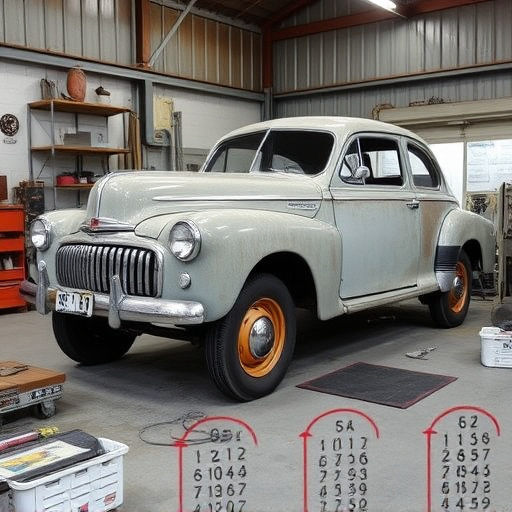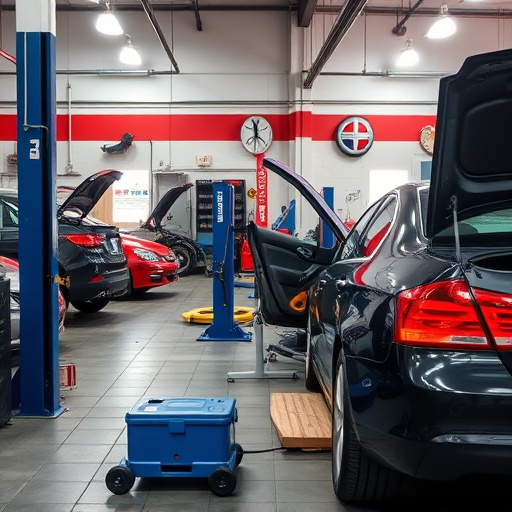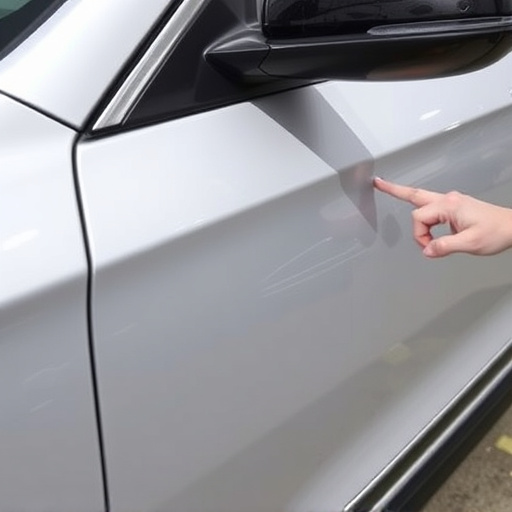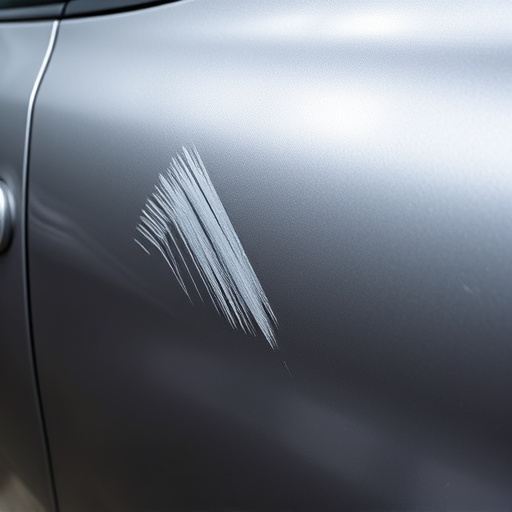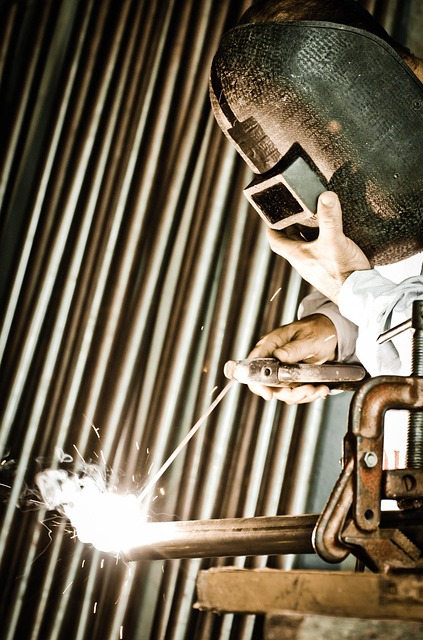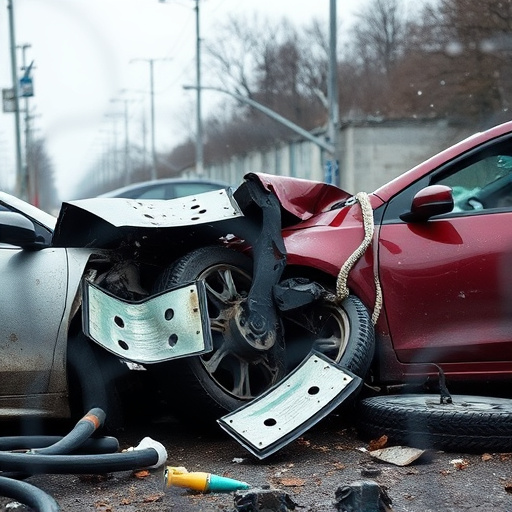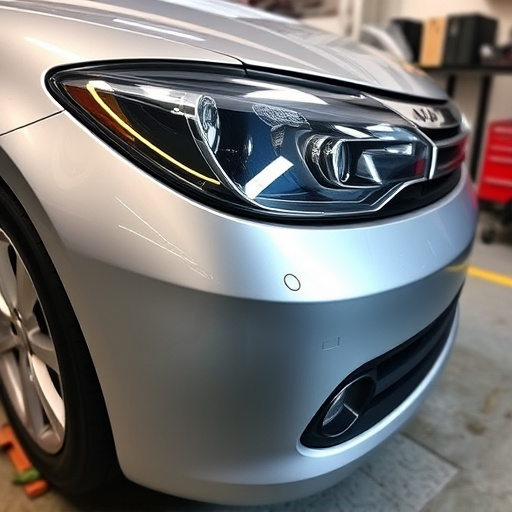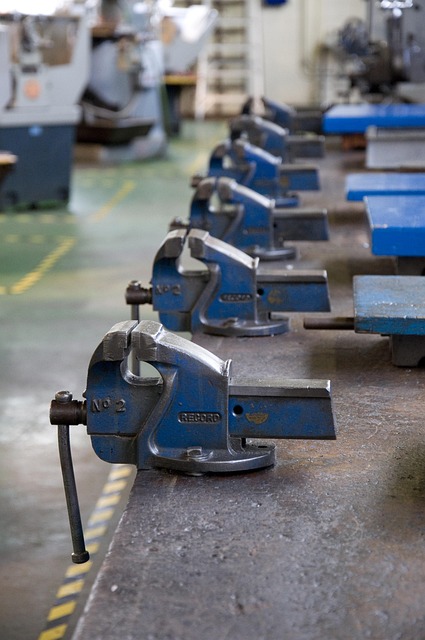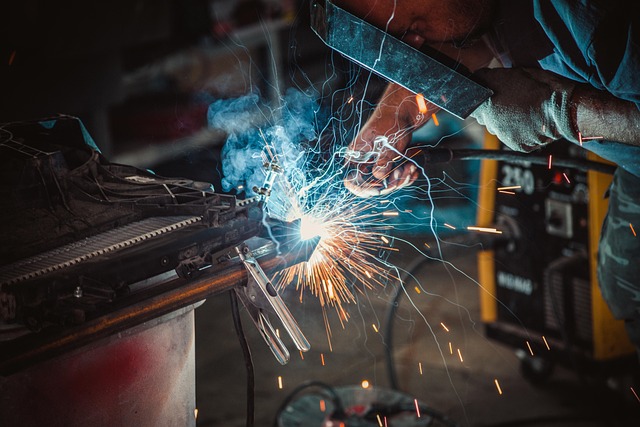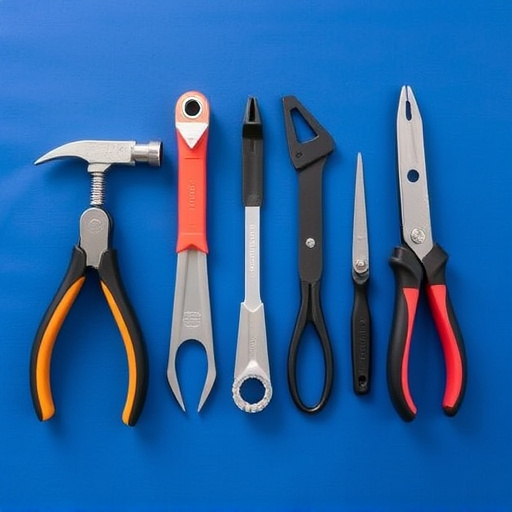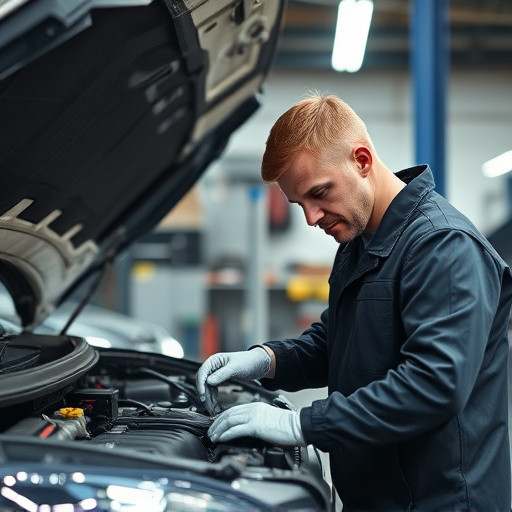Winter's harsh conditions accelerate vehicle corrosion in hidden areas. After winter, inspect for rust and gather tools: wire brush, grinding wheel, primer, paint, and rags. Remove loose debris and corrosion, then apply primer to prevent future rust. Inspect, assess, and gently scrub away loose rust using protective gear. Apply rust remover or primer per product instructions, then wipe residuals. Severe cases may require professional auto body services for restoration.
As winter transitions into spring, it’s crucial to assess the impact of cold weather on your vehicle. Rust, a common enemy during harsh seasons, can leave unsightly spots and structural weaknesses. This article guides you through understanding the damage caused by winter, identifying problematic areas, preparing for repair, and step-by-step techniques to effectively remove rust. By implementing these strategies, extend your vehicle’s lifespan and ensure a robust defense against future rust repair after winter damage.
- Assessing Winter's Impact: Common Rust Spots
- Preparation: Tools and Materials for Repair
- Step-by-Step Guide to Effective Rust Removal
Assessing Winter's Impact: Common Rust Spots
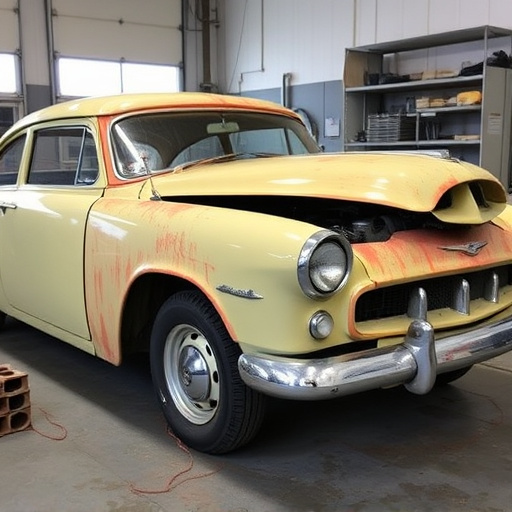
Winter’s harsh conditions can leave a significant mark on vehicles, with rust being one of the most common and concerning issues. As snow and ice accumulate, salt and other de-icing chemicals are frequently used, leading to accelerated corrosion, especially in areas prone to moisture. Common spots for winter damage include wheel wells, door jams, rocker panels, and underbody components. These areas often get overlooked during regular washing and maintenance routines because they’re hidden or less accessible.
After a long winter, it’s crucial to perform a thorough inspection. Professional car repair shops and collision repair centers offer specialized body shop services tailored for rust repair after winter damage. By addressing these issues promptly, vehicle owners can extend their car’s lifespan, prevent further corrosion, and maintain optimal performance.
Preparation: Tools and Materials for Repair
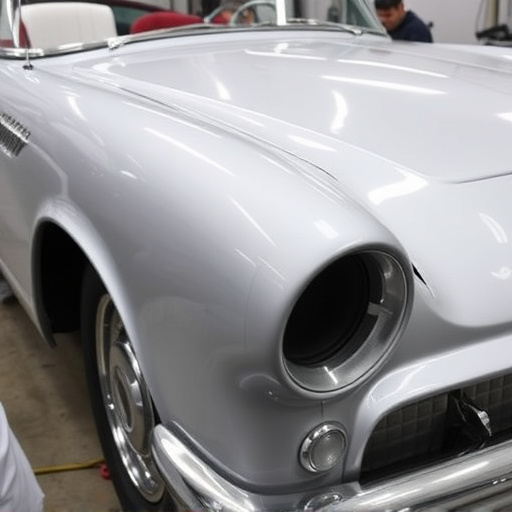
Before tackling any rust repair after winter damage, make sure you have the right tools and materials on hand. This includes a wire brush, grinding wheel or sandpaper (fine-grit), welding gear (gloves, goggles, mask), primer, paint, and rags. A reliable auto repair shop will often stock these essentials, but for more extensive hail damage repair or collision damage repair projects, renting specialized equipment might be necessary.
Proper preparation is key to successful rust repair after winter. Begin by removing any loose debris, corrosion, or old paint using the wire brush and grinding wheel. Ensure the surface is thoroughly cleaned and free from dust before proceeding. Once ready, apply primer, allowing it to dry completely. This step fills in gaps and paves the way for a smooth, lasting finish—essential for preventing future rust formation, especially after dealing with initial winter damage.
Step-by-Step Guide to Effective Rust Removal
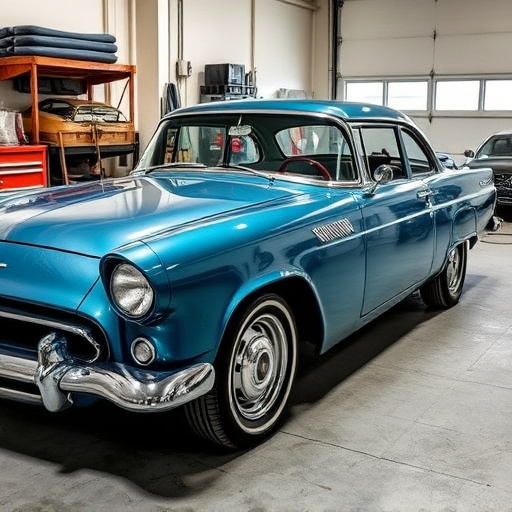
After a long winter, your vehicle may bear the telltale signs of rust damage. Before you consider replacing parts, try these steps for effective rust removal. Begin by examining the affected areas thoroughly. Identify the extent and depth of the rust using a visual inspection and a magnet—rusted metal is easily attracted to magnets.
Next, use automotive-grade sandpaper or wire brushes to gently scrub away loose rust. Make sure to wear protective gloves and safety glasses during this process. Once the rusted surface is clean, apply an appropriate rust remover or primer designed for automotive body work. Let it sit according to the product’s instructions, then wipe off any residual residue. This step primes the metal, creating a fresh canvas for restoration or repainting. For more severe cases, consider seeking professional auto body services for proper car restoration.
Rust repair after winter damage is a crucial step in extending your vehicle’s lifespan. By assessing common rust spots, gathering the right tools and materials, and following a meticulous step-by-step guide, you can effectively remove rust and prevent its reoccurrence. Regular maintenance and prompt action significantly contribute to keeping your vehicle in top condition, ensuring many more years on the road.
